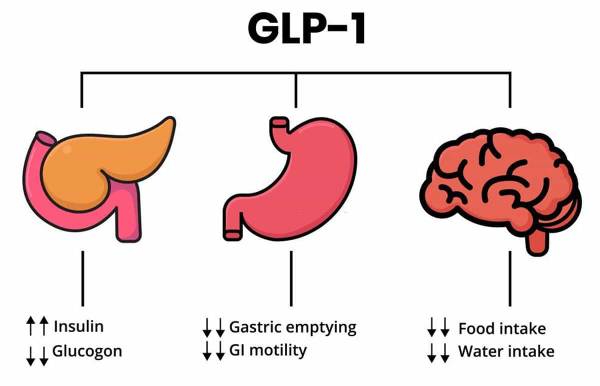ITG Diet Blog
The ITG Diet blog delivers informative weight loss tips, health resources and nutritional information to help you along your weight loss journey.
Navigating the Limitations and Downsides of GLP-1 Medications
- Font size: Larger Smaller
- Hits: 3876
- 0 Comments

In the past few years, GLP-1 receptor agonists (GLP-1 RAs) have emerged as a promising class of medications for managing type 2 diabetes. These drugs work by mimicking the action of the hormone GLP-1, which stimulates insulin secretion, suppresses glucagon secretion, and slows gastric (stomach and intestine) emptying. While GLP-1 medications offer several benefits, they also come with limitations and downsides that patients and healthcare providers need to consider.
1. Injection Site Reactions: Many GLP-1 medications are administered via subcutaneous injection, which can lead to injection site reactions such as redness, itching, or swelling. Some patients may find these reactions bothersome or uncomfortable, potentially impacting their adherence to treatment.
2. Gastrointestinal Side Effects: One of the most common side effects of GLP-1 medications is gastrointestinal discomfort, including nausea, vomiting, diarrhea, and constipation. While these symptoms typically improve over time, they can be challenging for some patients to tolerate, particularly during the initial stages of treatment.
3. Weight Loss: While weight loss can be a desirable outcome for many individuals with type 2 diabetes, excessive weight loss associated with GLP-1 medications may be problematic for some patients, especially those who are already at a healthy weight or at risk of malnutrition.
4. Cost: GLP-1 medications can be expensive, especially for patients who do not have insurance coverage or who have high copays or deductibles. Cost considerations may influence treatment decisions and adherence for some individuals, particularly those on fixed incomes or with limited financial resources.
5. Limited Oral Options: Although oral GLP-1 receptor agonists have been developed, they are not yet widely available and may not be suitable for all patients. Many GLP-1 medications currently on the market require subcutaneous injection, which may be a barrier to treatment for some individuals who prefer oral medications or have a fear of needles.
6. Risk of Hypoglycemia: While GLP-1 medications are not typically associated with an increased risk of hypoglycemia when used as monotherapy, they may potentiate the effects of other antidiabetic medications that can cause hypoglycemia, such as sulfonylureas or insulin.
7. Long-Term Safety: Although GLP-1 medications have demonstrated efficacy and safety in clinical trials, their long-term safety profile is still being evaluated. Ongoing research is needed to assess potential risks associated with prolonged use, including cardiovascular effects and the development of pancreatitis or pancreatic cancer.
While GLP-1 medications offer significant benefits for many patients with type 2 diabetes, it's essential to recognize and address their limitations and downsides. Healthcare providers should work closely with patients to weigh the potential risks and benefits of GLP-1 therapy and tailor treatment plans to individual needs and preferences. Additionally, ongoing research and development efforts are needed to overcome current limitations and improve the overall safety and tolerability of GLP-1 medications.











